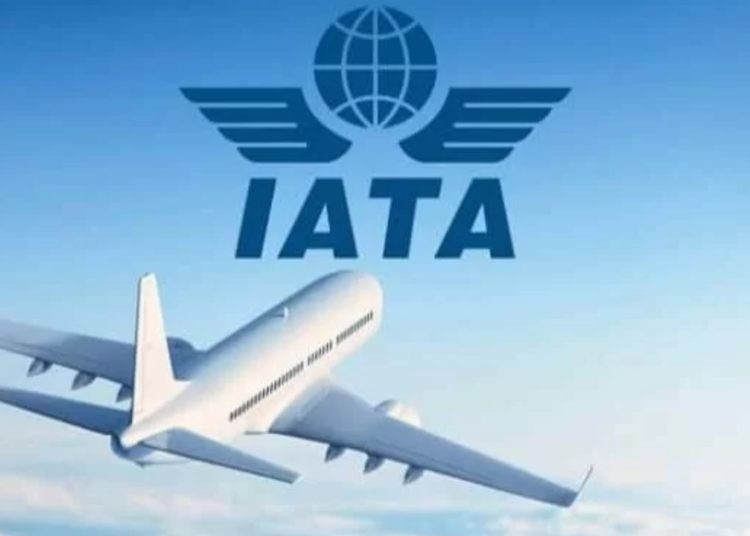The International Air Transport Association (IATA) has listed the Nnamdi Azikiwe International Airport (NAIA), Abuja, and the Murtala Muhammed International Airport (MMIA), Lagos, as topping the list of airports with the highest airport charges
The association described high taxes as inimical to the growth of the sector in the country.
Speaking during the Aviation Africa 2023 Summit in Abuja, vice-president of IATA for Africa and Middle East, Kamil Al-Awadhi, said African airlines had the same unique issues different from Asia, Europe and other continents.
Al-Awadhi said high interest rates at over 25 percent are killing the carriers and preventing them from competing with their counterparts in other parts of the world.
According to him, equally worrisome is aircraft lease rental rate which, he said, are three times higher than Europe, with charges he described as ‘killing’.
“Abuja has the highest charges followed by Lagos. How can you have such high taxes and expect to be profitable? Nigerian airlines can’t compete with others. African airlines have put themselves in a terrible situation to compete. They are not financially viable with excess charges.
“Fuel is higher by 20 percent. The loans are horrendous. The continent needs to review these issues. If you want to see Gross Domestic Product (GDP) change, fix your aviation industry. Doha, Dubai and the entire United Arab Emirates (UAE) grew from nothing. Airlines contribute to the growth of the economy,” the IATA vice president said.
He disclosed that Africa accounts for 18 percent of the global population, but just 2.1 percent of air transport activities.
The IATA executive said carriers based in Africa are expected to generate a moderate combined loss of about $484 million in 2023, and that the continent remains a difficult market in which to operate an airline, with economic, infrastructure and connectivity challenges impacting the industry’s performance.
He noted that despite the challenges, the industry continues to move towards profitability following the COVID disruption and could bounce back as soon as next year.
He recalled that in the second quarter of 2023 – and for two consecutive quarters – African carriers had one of the world’s highest annual passenger traffic growth rates, second only to Asia Pacific.
With total traffic up 38.9 percent compared to the same quarter in 2022, African carriers’ growth outperformed the industry-wide average for total and international traffic, even though the region has not fully recovered to pre-pandemic levels.
Q2 2023 passengers transported per kilometre were 9.2 percent below the same quarter in 2019, he said.
“Despite this continued positive performance, the region still confronts economic challenges that severely limit the affordability of air travel, in addition to a range of infrastructure issues that curb capacity and hinder the development of consistent air service.
According to Al-Awadhi, over the next 20 years, Africa’s passenger traffic will double, eclipsing 300 million passengers by 2040 at an annual average rate of 3.4 per cent.
“As you can see, the continent stands out as the region with the greatest potential and opportunity for aviation. But this potential is limited by safety incidents, infrastructure constraints, blocked funds, high costs, lack of connectivity, regulatory impediments, slow adoption of global standards and skills shortages, among other factors,” he said.





